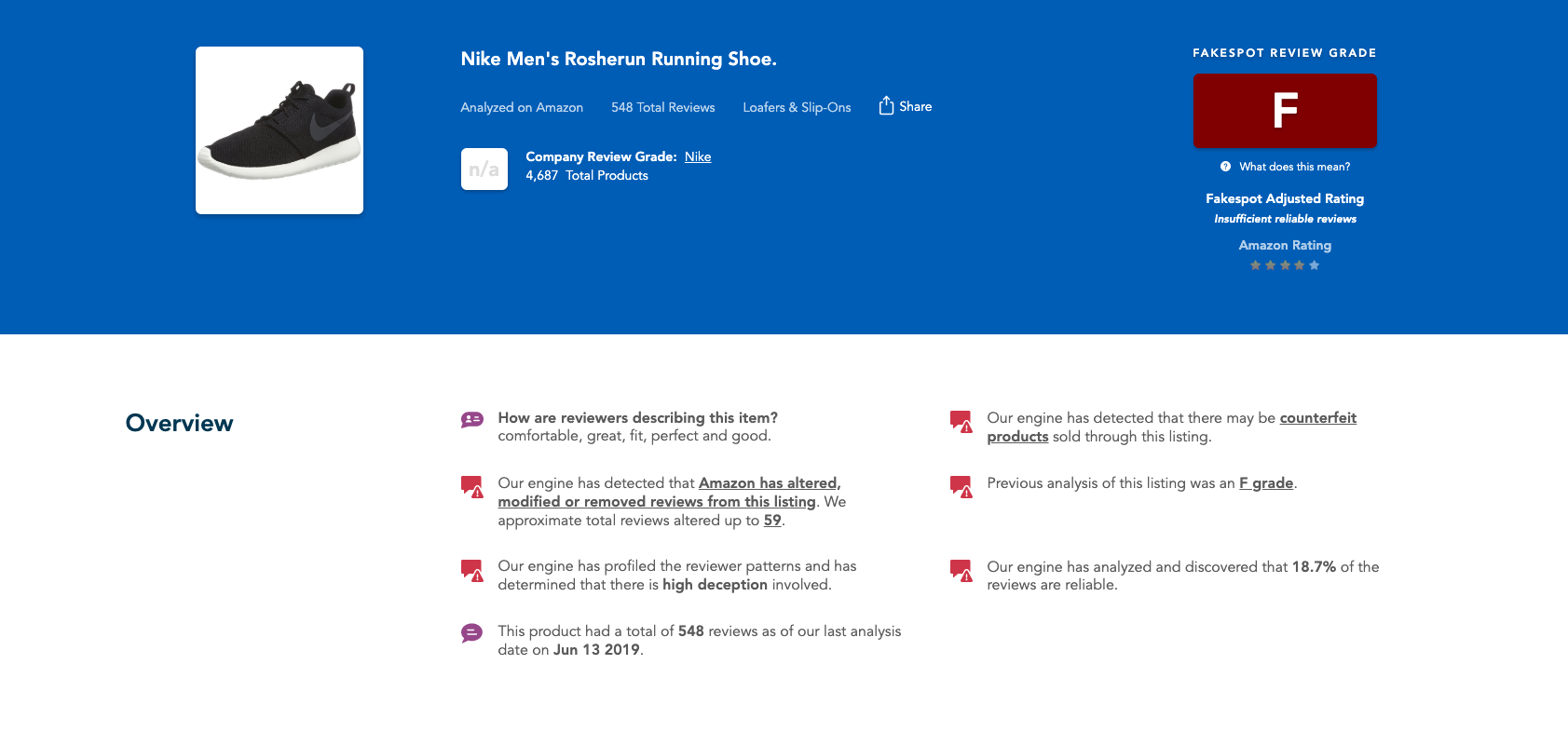E-commerce and media influence have dramatically changed the shoe industry. Individuals can now easily track down the latest trends on social media and find the brands they want on multiple retail sites. With the promise of fast shipping and a great price, people are convinced to buy online. It's not until it's too late that shoppers find out they spent their money on either counterfeit or knockoff shoes that are not even close to the quality they paid for.
Designer fashion has been a main focal point for third-party sellers for the last decade. With new footwear styles appearing on the market fast, counterfeit sellers capitalize on spitting out their mimicked fashions even faster. Counterfeit sellers generally take advantage of sales by advertising their products using the same photos and descriptions copied from the brand's website. Meanwhile, the product is nowhere near to what is pictured. Aside from buying a counterfeit shoe, consumers may receive their shoes falling apart from cheap manufacturing, or even covered in dirt and unknown substances. Shoppers are ultimately left feeling disappointed and ripped off and may not buy the brand anymore because of the fear of getting another counterfeit product.
Luckily there are several ways you can spot the differences between real and counterfeit footwear online. Even with the threat of legal actions from brands, counterfeiters and third-party sellers will go to great lengths to trick consumers because profits from counterfeit products are so lucrative. It is important to begin by looking at the product image if they are not using a stock photo. Pay close attention to the logo, font, detail, and color and compare those to the stock images.
Another detail to look at is the packaging of the product. For example, if you purchase a pair of Nikes, you should examine the box to make sure it is the right box for the sneakers, right box color, and has the correct product information sticker with an SKU (Stock Keeping Unit) number that matches.
Once you receive the shoes, make sure you check them and look for subtle differences in the colors, material, and style of the shoe. Most designer shoes will have the design date printed on the tongue label. In counterfeit foot wear, the design date may be incorrect or not present. Overall, you could notice that the shoe do not match up to ones you purchased before or have seen in stores.
Lastly, see if you can find where the product is coming from. In one instance, a buyer reported ordering Kobe’s off Amazon for their full retail price of $150. Initially, it was advertised that the product would be shipping from Florida, but after looking at the package's tracking number, it read the package was coming from China. When the buyer finally received the shoes, it became clear that they had paid for counterfeit Kobe’s.
Platforms that sell various counterfeit products include: Amazon, Alibaba, eBay, Shein, Walmart and Wish. Sellers on these platforms commonly pay positive reviews on their listings to trick consumers into thinking their products are "100% authentic and high quality". Counterfeit sellers now that leaving reviews that mention this is key to tricking consumers into thinking they are getting a great deal on a genuine product..


